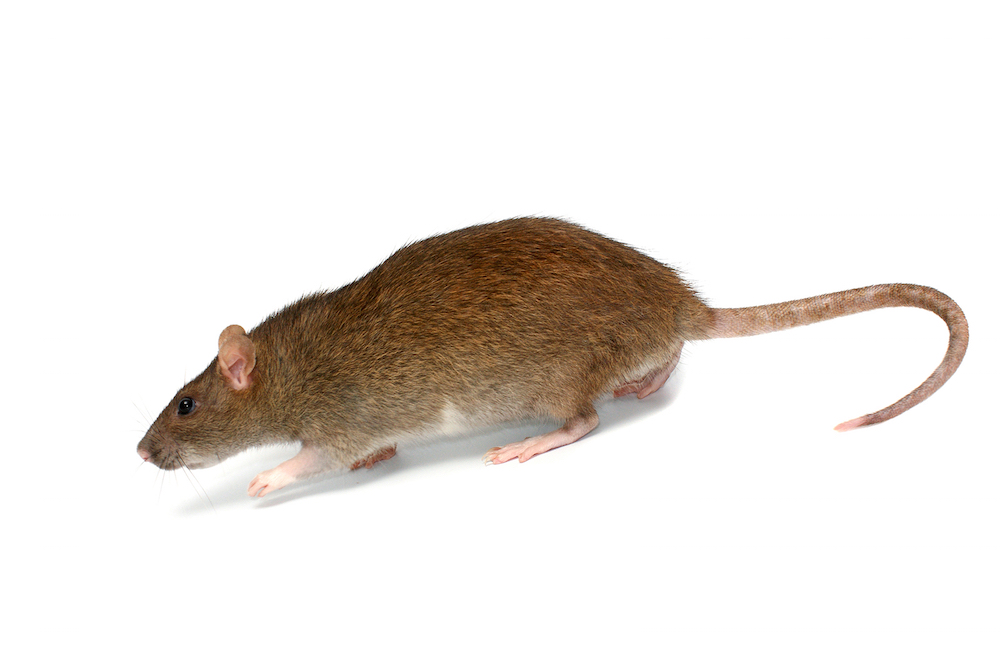READY TO GET STARTED?
REQUEST A FREE ESTIMATE
Fill out the form below or call (888) 466-7849 for a free, no-obligation estimate.

Roof rats arrived in North America with the Jamestown colonists in 1607. It’s also known as the black rat or ship rat.
Roof rats are usually dark colored
Weigh less than 1 pound
Large ears
Tail is longer than the head and body
Spindle shaped droppings
90% of their time is spent above ground, hence their name
Roof rats form nests in trees and high points, run on power lines or the tops of fences, or live in attics
Nocturnal, which is why you may hear them scurrying in your attic in the middle of the night
Tend to stick to familiar territory; they are not explorers, they find an area that suits their shelter and food needs and usually don’t venture more than a few hundred feet from there
Roof rats rarely live for more than a year in the wild
During that year, a single adult female can produce more than 40 baby rats
Rarely die naturally but when they do it’s often in a safe place, like your attic, which will create an unpleasant odor
Most will be killed by predators
Commonly small because they breed in such high numbers, which makes so many of them young
When trapping roof rats, it is not uncommon to get a few large ones and a number of small ones, indicating a possible family of roof rats
Traps may need to be prebaited in order to capture shy individuals
We have service centers throughout Georgia, Tennessee, Alabama, and South Carolina.
M-F 7:30AM – 5:30PM
Saturday 9AM – 1PM